On August 11, 1859, Admiral Page replaced Rigault de Genouilly to command the allied forces to attack Dinh Hai fortress, Chan Sang garrison and Hai Van pass.
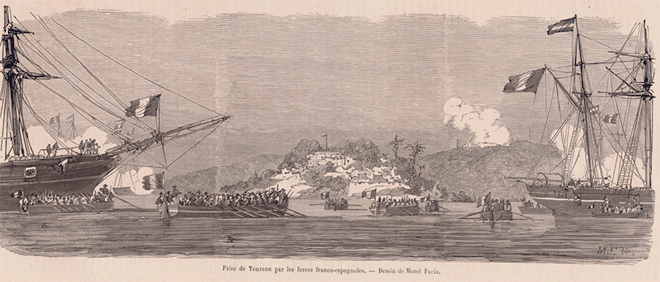 |
| Battle of Da Nang , September 1858. (Source: French Ministry of Defense Archives) |
At 4:00 a.m. on November 18, 1859, Page ordered the warships Némésis, Phlégeton, Spanish ships and a transport ship to head northwest of Da Nang, their targets being Nam Chan station, Dinh Hai fort, Chan Sang fort and Hai Van Quan. Page's intention was to "uproot all the forts northwest of Da Nang bay, which are blocking the route to Hue . This road follows Da Nang bay and then goes uphill to the top of the pass, where there is a fort (Chan Sang fort). When we capture the forts west of the bay, we will cut off communication here with the capital Hue".
Regarding this event, the Chau Ban dated October 26, the 12th year of Tu Duc (November 20, 1859) stated: “On the 24th of this month, French ships suddenly arrived at Dinh Hai fortress and Chan Sang garrison. The enemy troops divided and fired randomly at the garrison”. Our troops at Chan Sang garrison fired cannons that hit the warship Némésis, which was directly commanded by Page. He escaped death, but Lieutenant Colonel Duppré Déroulède and a number of soldiers were killed: “Mr. Déroulède Dupré - Battalion Commander in command of the engineering team, was shot into two pieces next to the Admiral. The commander of the warship, Mr. Barry, was wounded in the right temple; two warrant officers, Waldner and Fitz James, were hit by falling wood fragments, one in the arm, the other in the head. Half of the team was wounded and a quarter of the team was killed”.
Another French record explains more clearly: “The first bamboo fort of the Southern army was burned down by fire, so it could only fire 4 bullets, but unfortunately the third bullet hit the engineer Major Déroulède and his body was cut in half, his body was placed on the deck, in the captain's room next to the Admiral, so the Admiral was covered in blood. It was also this bullet that killed the sailor at the helm and wounded two naval lieutenants and several other sailors. The stone-fire fort stopped firing. Our bullets burned the bamboo fort, the gunpowder depot exploded, and the Southern army fled. The soldiers landed but did not find a single soldier still in the fort, except for the Go Cao fort, where the Spanish soldiers captured 3 prisoners and seized 5 rusty 24mm iron cannons, while the bamboo fort was equipped with 3 small 12mm cannons and a few stone-throwing guns. Nam Chon village (Kien Chan?) was intact, because it was forbidden to burn”.
Losing Dinh Hai fortress and Chan Sang garrison, the Hai Van "official report" route was blocked, King Tu Duc said: "The Western army bombarded Dinh Hai fortress and occupied Chan Sang garrison. The Hai Van pass was blocked" so "ordered Marshal Nguyen Trong Thao to take the position of military admiral, brought Deputy Guard Captain Nguyen Hop, and Commander Pham Tan to lead 300 soldiers to fight. The King advised: Dinh Hai fortress is a key place, Chan Sang garrison is also a route the official report must pass through, so we should attack and clear it quickly, to make it convenient to travel. Either bring big guns to shoot or inform the troops stationed at Cu De garrison to attack together, the main goal is to clear that route".
After the conquest, the French named the following: Dinh Hai Fort, garrisoned by the Spanish army, was named Isabelle II Fort; Chan Sang Fort, occupied by the French army, was named Kien-Chan Fort. Currently, according to our research, the only remaining traces are the scattered bricks and stones when the French army destroyed the fort before withdrawing. The location of Nam Chan station, which the French named "pagode fortifiée" (showing that the citadel still exists as we see, that is, the surrounding stone rampart in the shape of a rectangle with an area of about 1 hectare, located near the foot of the mountain south of Hoa Van village and close to the sea). Chan Sang Fort, perhaps located on the northern slope of Chan Sang village, to the west of Dinh Hai Fort, was destroyed by the French-Spanish coalition before withdrawing to the Son Tra area on February 29, 1860.
To overcome the situation where the French army blockaded Hai Van Pass and Nam Chon station could not be used, King Tu Duc urgently ordered the establishment of a new postal route through Hai Van Pass but still tried to maintain communication with the main road from Chan Sang post to Hai Van pass. Because: "Since the French army occupied Chan Sang post, the official road has been blocked and unreachable. Now, to occupy the new road, one must follow the Cau De source station through Quan Nam and Da Son communes. However, Quan Nam in the upper region is extremely important, to open that road, one must hold this area.
Order the army to immediately follow the previous edict, send a talented officer and Tran Dinh Tuc to quickly bring elite troops to the two forts of Cau De and Hoa O to carefully examine the situation, if it can be kept, then strengthen and repair it to be completely solid to prevent invasion. Then go to Quan Nam area, choose a location to place one or two forts, send troops to place cannons for strict defense...". And the edict said: "If there is any land road that can connect to Chan Sang fort, either use wood, stone or thorns to block it up to protect it. As for Dinh Hai and Chan Sang forts, regardless of day or night, send troops to harass and expand the enemy's influence so that the enemy troops do not know how many, are tired from defending and do not dare to leave".
On our side, many soldiers and patriots sacrificed in this battle, were gathered and buried at Nam O cemetery soon after. In Nam O, Hoa Hiep Nam ward (Lien Chieu district) today, there is also a cemetery. Here there is a small temple, inside there is an altar, in front of which are two white horses, which are considered Bach Long Than Ma - a symbol associated with saints and heroes. In the small temple is a stone tablet engraved with merits and the names of those who contributed money to restore this sacred tomb and cemetery.
According to local elders, this is the burial place of the heroes who participated in the battle of Chan Sang on November 18, 1859. Every year, the village regularly organizes the memorial service for the heroes. The funeral oration written at the beginning of the 20th century by Mr. Khoa Phuong (aka Tran Thuc Hung) on the occasion of the village moving the cemetery to a new location has many tragic passages, depicting the image of the heroes who fought the French, forgetting themselves for the country in the war of 1858-1860: “Alas! The grass is covered with shadows/In a foreign land/Those are miles of willows/The vicissitudes of life are heartbreaking to see”, “There was a man born to be a general/He stood on the ground and endured the strong smell of bullets from nine continents”, who sacrificed himself, leaving behind his wife and children: “How fragile is the life of a beautiful woman/Spring broken in the middle, it is also pitiful to hear/Feeling sorry for those with white hair/Where is the husband and children, a piece of earthly mat under the sky…”.
In our opinion, the Da Nang cultural sector currently needs to pay more attention to upgrading, restoring and protecting historical relics related to the 1858-1860 war, especially the cemeteries of Phuoc Ninh, Hoa Vang, Nghi An, Nam O..., where martyrs sacrificed their lives in the early days of fighting the French.
It is necessary to consider including all historical relics of the patriotic and revolutionary struggle in the northwest of Da Nang, especially those located on the ancient Thien Ly road including: Hai Van Quan, Chan Sang fort, Dinh Hai fortress, Nam Chon station, Cu De fort, Nam O station, Nam O cemetery into the system of city-level relics; along with that, focus on and effectively promote historical relics of the revolutionary struggle in the two resistance wars against French colonialism and American imperialism on Cai Quan road (Colonial road, the current Hai Van pass road) including the Nhat Fort relic, the relics of the three victories on Hai Van pass... to form a tourist route of "historical roads" in the northwest of Da Nang, creating a new and interesting tourist space for visitors from all over the world. Urgently protect and build a dossier for the Nam Chan station relic to put it into timely management, because this is the only "station" remaining relatively intact on the North-South Thien Ly road in our country during the Nguyen Dynasty.
It is necessary to invest in research and survey of Han Nom sources, French documents and field surveys of Nam Chan station as well as Dinh Hai fortress, Chan Sang garrison, Nam O cemetery... to actively prepare for the display and introduction of related relics and artifacts for tourists to visit, which will contribute greatly to promoting tourism, images, history and culture of ancient Da Nang people.
Liu Ying Ro
Permanent Vice President, Secretary General
Da Nang City Historical Science Association
Source



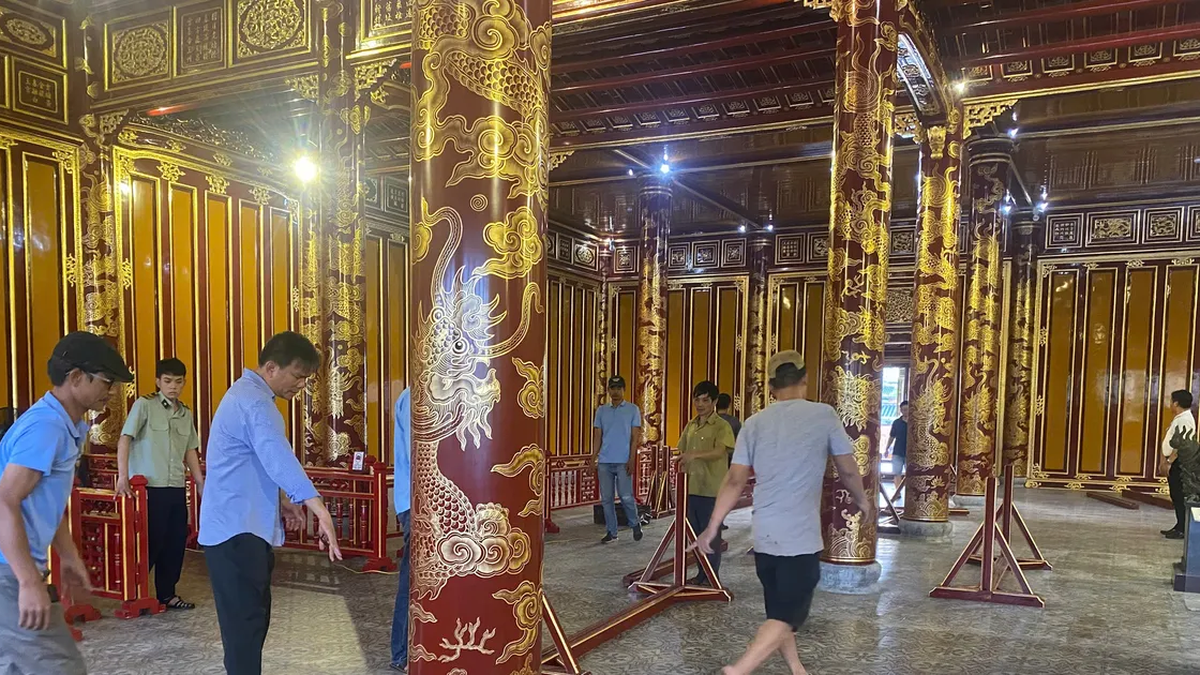


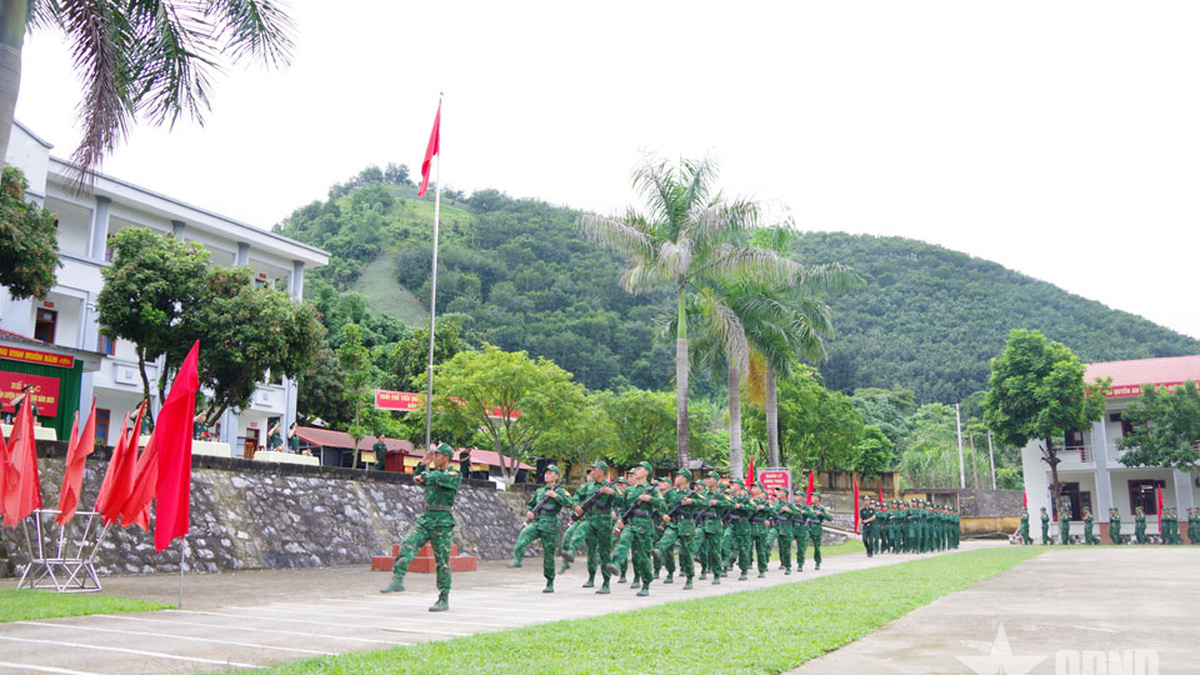
![[Video] Forecast of benchmark scores of mid-ranking universities to drop sharply](https://vphoto.vietnam.vn/thumb/1200x675/vietnam/resource/IMAGE/2025/7/18/be12c225d0724c00a7e25facc6637cb9)
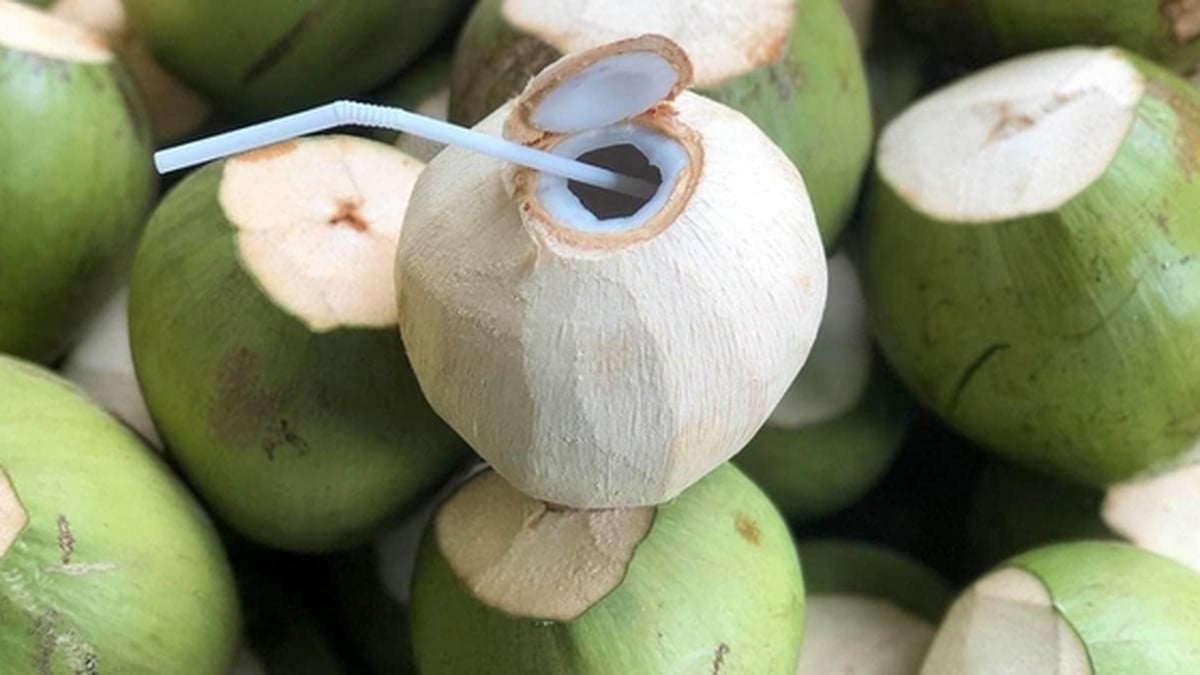













































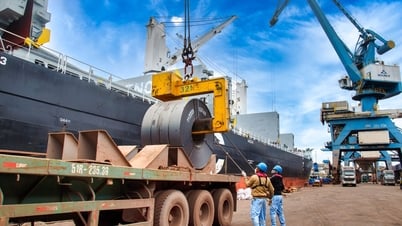


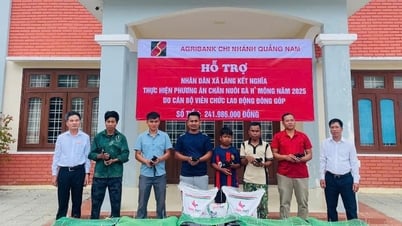


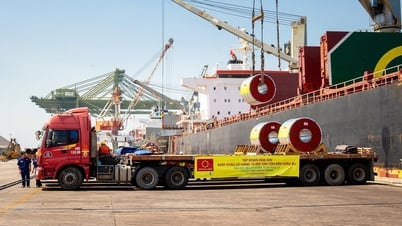




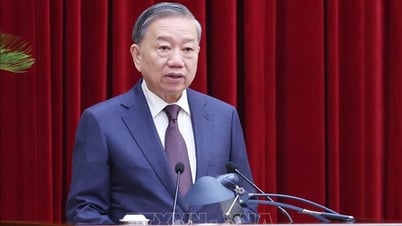



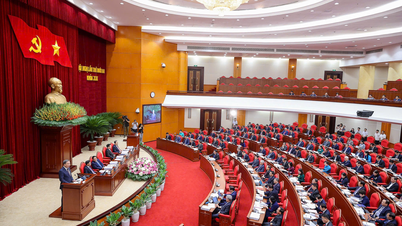
























![[Infographic] In 2025, 47 products will achieve national OCOP](https://vphoto.vietnam.vn/thumb/402x226/vietnam/resource/IMAGE/2025/7/16/5d672398b0744db3ab920e05db8e5b7d)
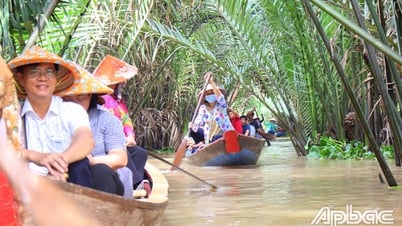






Comment (0)